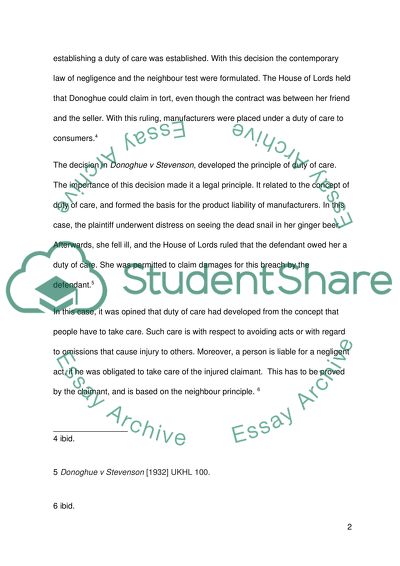Cite this document
(“Tort Law Assignment Example | Topics and Well Written Essays - 3000 words”, n.d.)
Retrieved from https://studentshare.org/law/1402857-tort-law
Retrieved from https://studentshare.org/law/1402857-tort-law
(Tort Law Assignment Example | Topics and Well Written Essays - 3000 Words)
https://studentshare.org/law/1402857-tort-law.
https://studentshare.org/law/1402857-tort-law.
“Tort Law Assignment Example | Topics and Well Written Essays - 3000 Words”, n.d. https://studentshare.org/law/1402857-tort-law.


